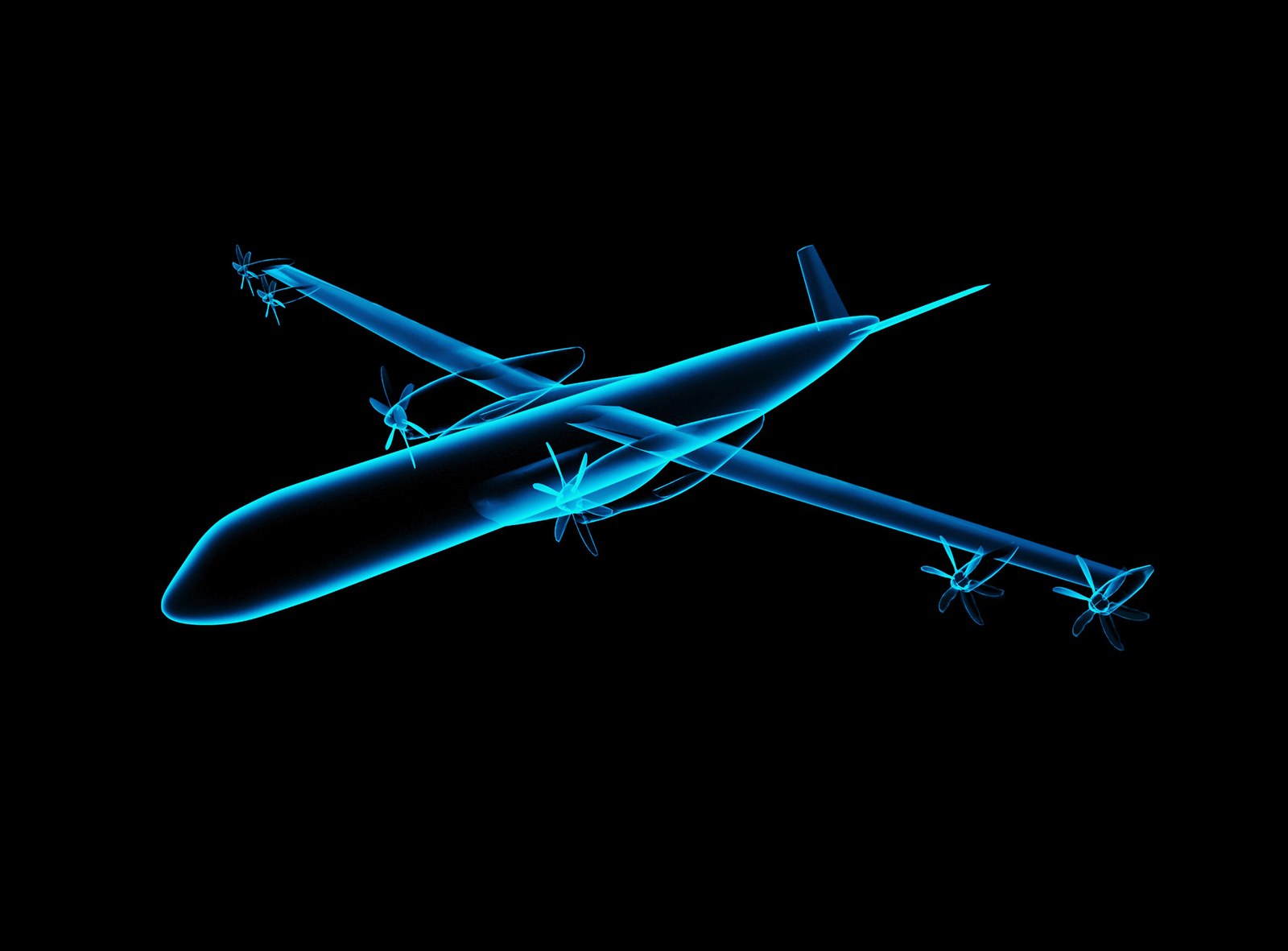DLR/NASA Design Challenge seeks ideas for hydrogen-powered aircraft


- This year, designs for a hydrogen-powered short- to medium-haul aircraft capable of carrying 150 passengers is to be developed.
- Designs should provide new impetus for the climate-friendly air transport of tomorrow.
- Winning teams will be given the opportunity to present at the German Aerospace Congress 2021.
- Focus: Aeronautics, young researchers, climate-friendly flight
Imagine parcels being delivered completely automatically across the city by air. Last year, a team of six students from RWTH Aachen University showed how this could be done with their Urban Ray concept, once again demonstrating the creative potential of the next generation of researchers taking part in the DLR/NASA Design Challenge. The competition has now started another round in 2021, this time focusing on the theme of climate-friendly air transport. This year, the participating students have the challenge of developing a hydrogen-powered short- to medium-range aircraft with capacity of 150 passengers, including a study of the impact on the atmosphere and an overall energy analysis. Against the backdrop of the EU's Green Deal and the German Federal Government's aviation and hydrogen strategies, these designs are intended to provide an impetus for the climate-friendly air transport technologies of tomorrow.
The German Aerospace Center (Deutsches Zentrum für Luft- und Raumfahrt; DLR) has set the task for students in Germany. To kick off the competition, the German participants, from five different universities, attended a virtual introductory event via video conference on 18 March 2021. They were greeted by Anke Kaysser-Pyzalla, Chair of the DLR Executive Board, and Markus Fischer, Head of the DLR Aeronautics Division. Four keynote speakers from McKinsey, Airbus and DLR underlined the importance of climate-friendly air transport for tomorrow's mobile, intercultural society. This was followed by an interactive World Café, a virtual format in which the students had the opportunity to get to know the other teams and hear about their initial ideas for their aircraft concepts.
The contestants now have until mid-July to prepare their proposals for the competition. The presentation of the results and the announcement of the winners is planned for mid-August. The winning teams will have the opportunity to present their design at the German Aerospace Congress. If possible, the German winners will later go on to present their work alongside the US winners of the competition at an event jointly organised with NASA.
The German and US aerospace institutions have worked closely together for many years. In the field of aeronautics research, the two partners are particularly involved in joint research projects in the areas of air traffic management, low-noise and fuel-efficient flying, and have conducted joint test flights over Germany in 2018 to investigate emissions from climate-friendly alternative aviation fuels.
On the German side, 30 students from five universities have registered for the DLR/NASA Design Challenge. The universities involved are RWTH Aachen University, Technische Universität (TU) Dresden, TU Hamburg, TU Berlin and the University of Stuttgart. On the US side, the number of teams from various universities will be in the double digits. A winning team will be chosen from each country.
DLR – research for climate-neutral air transport
The consequences of climate change demand action for climate-neutral air transport. This involves new technologies that will also ensure global mobility in the future. With its 25 institutes and facilities in the field of aeronautics research, DLR is driving this change forward with technologies for sustainable, environmentally compatible flight. Expertise from DLR's research programmes in space, energy and transport will also play an important role in this.
DLR has systems expertise in aeronautics research and sees itself in the role of an architect. DLR’s goal is 'emission-free air transport', in order to achieve the climate targets that have been set. In doing so, the results of research must flow directly into the development of new products.
There is a considerable need for research and development on the path to climate-compatible air transport, which requires continuous funding and support. Much of this needs to be researched at a fundamental level, tested in practice and approved. DLR can do this with large-scale facilities such as its research aircraft, propulsion demonstrators and large-scale computers. In 2020, DLR published the white paper 'Zero Emission Aviation' together with the German Aerospace Industries Association (Bundesverband der Deutschen Luft- und Raumfahrtindustrie; BDLI). DLR is currently working on a Zero Emission strategy.
